How Dredging Anchor is Used for Maneuvering Ships?
Ship’s anchors can be used not only for berthing but also during maneuvering through channels and other similar areas with restriction in movement. Dredging anchors is a method which is used to assist a ship in maneuvering during unavailability or inability of tugs to assist as required.
A dredging anchor sniffing the bottom of the ship would hold the bow steady while allowing a ship to move fore and aft, this would shift the ship’s pivot point forward. Then, to overcome the anchor’s drag, propulsion is used giving good steering at low speed.
Today, modern ships have bow-thrusters to control the bow while going ahead or astern. While piloting in the narrow confines, in restricted waters or maneuvering vessels in somewhat constricted space, bow thrusters or tugs can be handy.
Sometimes ships have to cross stern first (i.e., moving backward) through the restricted channel between ships or buoys, using engines and bow thrusters. Now since the stern cants (moves laterally sideways) while a ship comes astern due to transverse thrust, a towing tug is employed in this case at the stern and the engine is used sparingly just to adjust any deviation in the desired direction of motion.
At the bow of the vessel, a checking tug is also deployed to control it and prevent it from swinging waywardly. The checking tug also comes in to play in stopping the momentum of the ship lest its engine doesn’t respond in time.
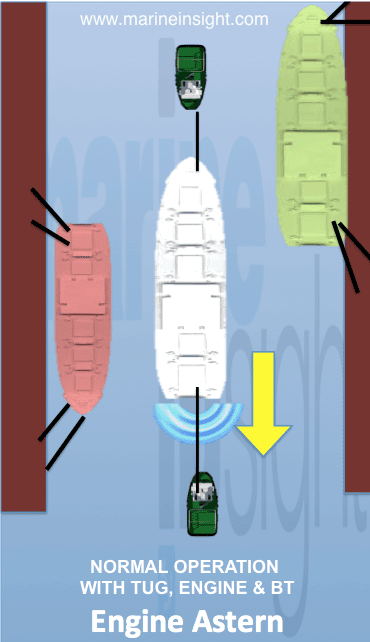
Now what happens when there is neither a bow thruster nor a tug to check the bow? The towing tug is necessary as the ship will invariably deviate with every second of the engine running astern due to the transverse thrust. In such an emergency situation the anchor becomes the rescuer.
The anchor is dropped at short stay where the cable is almost vertically down up to the anchor and taught. The anchor barely digs in when the ship is put to astern and the anchor is dragged over the sea bed. The pivot is shifted to the bow near the howse-pipe, making it easier for the towing tug at the stern to exert more moment of force as its distance from the pivot has increased. Also, the bow is prevented from “Yawing”.
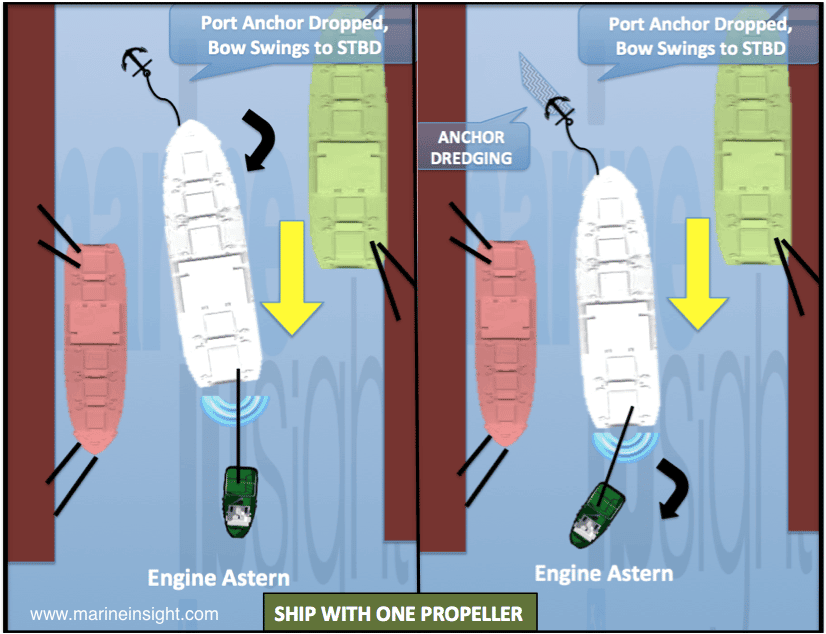
The objective of this operation is to drag the anchor over the soft mud (like the drag-heads of the suction dredgers) and not to dig the anchor deep into the mud. Otherwise the cable will come under huge strain and can part when engine is run astern or when the towing tug tows. The machineries involving the anchor on the forecastle, like the windlass, the bow-stopper or the brakes can also get damaged.
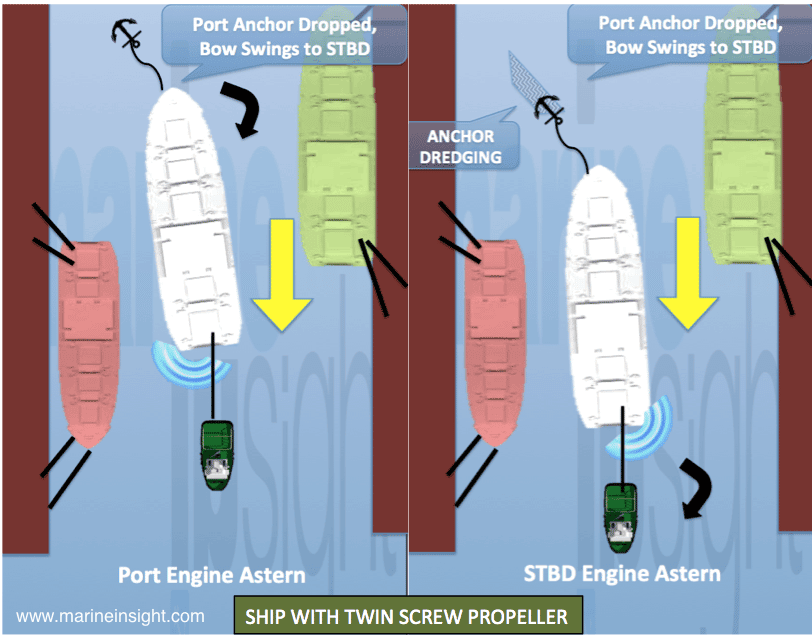
Ideally the length of the cable should not be one and a half to two times than that of the depth of the water. Moreover, it is generally advised to have a thorough knowledge of the sea or river bed before performing this operation. Recent survey charts in this case can become extremely helpful.
Do you know any other way in which ship’s anchors are used for maneuvering ships? Let us know in the comments below.
Want to know about other deck operations? Checkout our ebook:
Do you have info to share with us ? Suggest a correction
Latest Marine Navigation Articles You Would Like:
Subscribe To Our Newsletters
By subscribing, you agree to our Privacy Policy and may receive occasional deal communications; you can unsubscribe anytime.



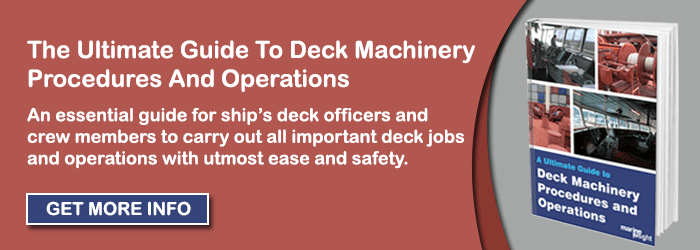
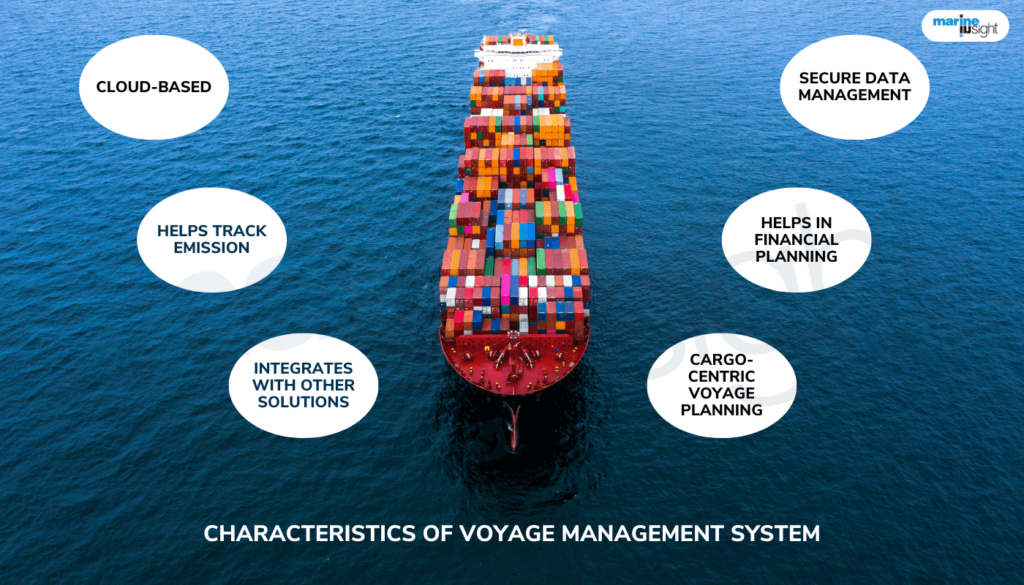
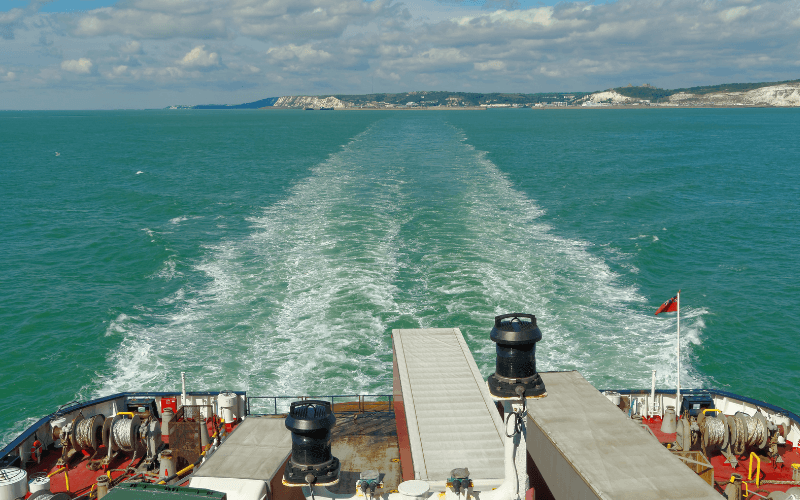
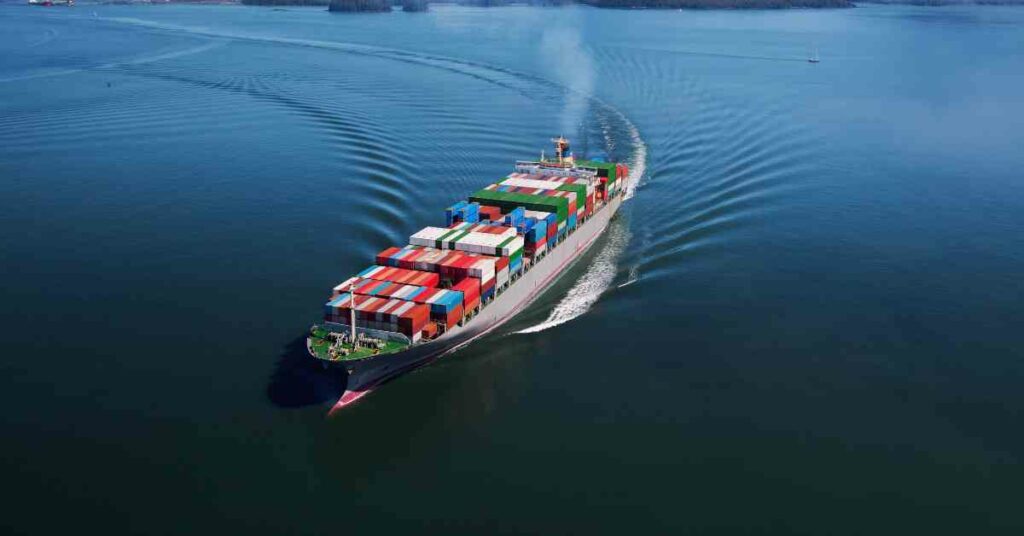
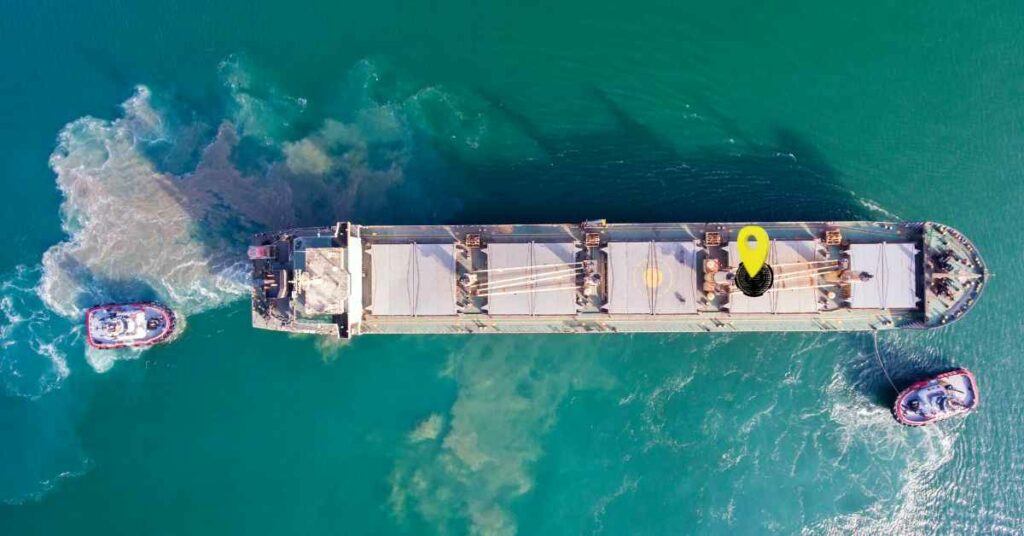
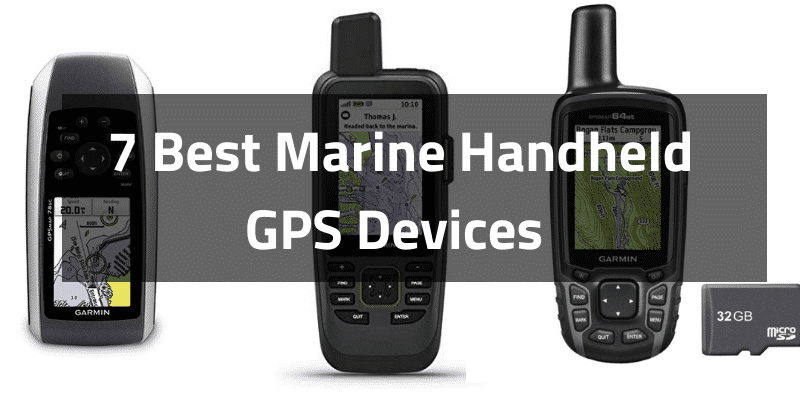
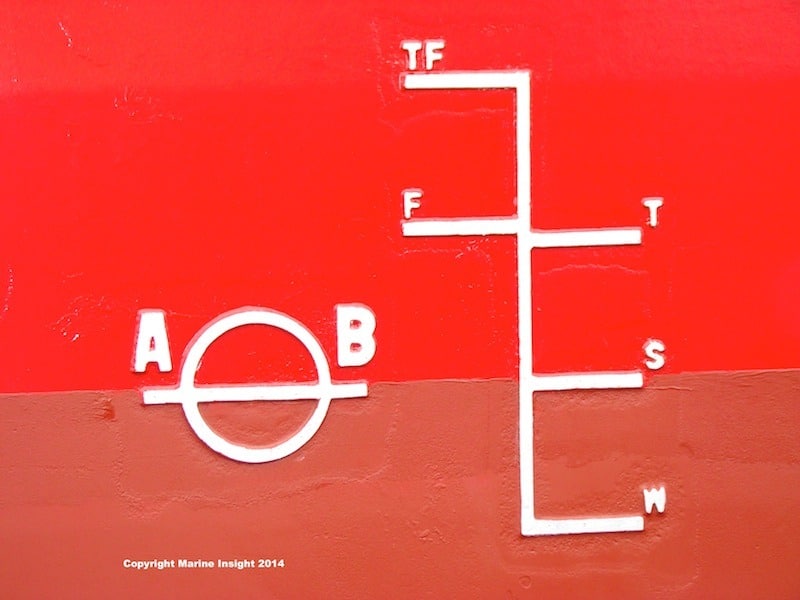

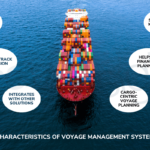
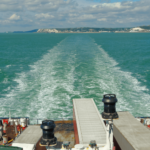
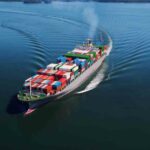
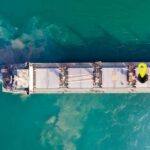

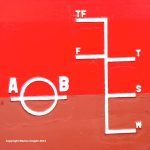
having used Same in many Ports , The article has made each and everything crystal Clear . Many Thanks and heartily Appreciate for such useful article. Marine Sight is really doing wonderful in spreading the education by Very Practical and Day to day problems !
We can use the “dredging anchor” method to turn the vessel in confined areas, narrow channels, etc, during difficult tidal and wind conditions, especially when you have the tidal stream coming from astern.
The anchor’s cable will act as a “back spring” so you will be able to turn the vessel 180 degrees with a large turning lever, taking advantage also from the transverse thrust (while running astern the engine).
This kind of turn will be quite difficult with a vessel of over 50,000 dwt, taking into account the inadequate anchoring equipment.
While fully endorsing the Writer’s learned comment, may I venture to suggest to call this operation ” dragging the anchor ” instead of “dredging the anchor “, which is what we Rangoon pilots used to call It was almost daily operation in Rangoon harbour and we do not, unless in emergency, engage tugs but adopt this “dragging the anchor” operation. It is not a trade secret, but we found that the correct length of cable to pay out is just enough for the anchor to touch river bottom and NOT too much to make the anchor HOLD depending on depth of the channel.
Drag or dredging???????
It’s Dredging
have seen such operation used by Jamaican pilots, anchor should be just touching the bottom 1. to shift the pivot point 2. faster turning 3. place where to drop anchor is very important.
for berthing and lateral movement of vessel 1.5 times ship’s breadth away.
for turning 180 deg half ships length depneding on turning circle/ area on each side.
Dredging is the term we used in this operation.
Well in my opinion there is only one proper term and that is dragging your anchor.
Hey guys! If you intend to do it, it is dredging the anchor. If you are dragging your anchor, you could be in some serious trouble! (Check the IMO standard marine communication phrases).
For years we dredged the offshore anchor to assist with docking at Nakiski Alaska. Bucking the tide. Shift pivot point. More control.
It’s clear my view about dredging anchor while berthing.Thanks alot marine sight for helping us to increase our day by day knowledge on practical basis.
@Shailesh: Thank you for your Support.
I’ve always used the term kedging?
Hello. how does the dredging anchor really work? I am a student. I do not have that concept really clear yet.
Many forget that dredging an anchor is used to control the direction of the stern. Paying out the exact scope of ancor chain is key to success. I use it frequently in my port where there are no tugs. It works best with CPP pitch control vessels, because you can give just enough forward momentum to keep the ship moving at a slow controlled speed, to allow the bow directional stability, and keep your stern in check.